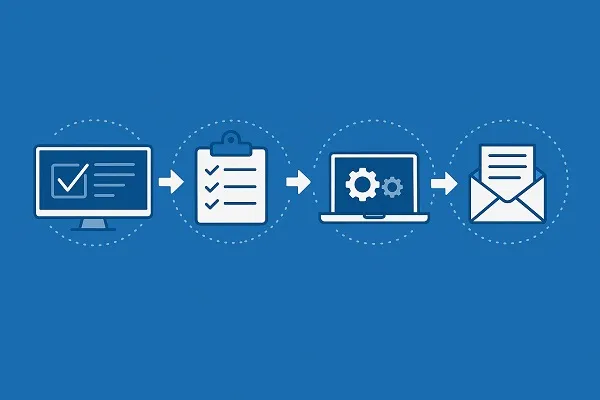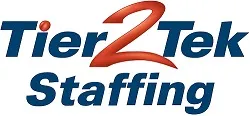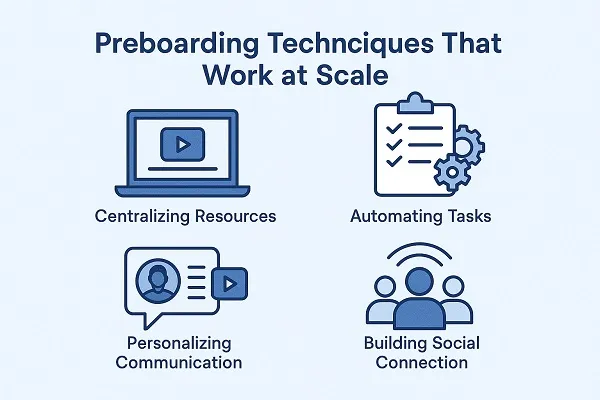Preboarding techniques that work at scale allow organizations to set new hires up for success before their first official day. When employees feel welcomed and supported early, they engage faster, adapt more smoothly, and stay longer. For companies hiring large numbers of people across different teams or locations, scalable preboarding systems ensure consistency without losing the personal touch.
Why Scaling Preboarding Is Essential
A preboarding process that works only for small groups quickly breaks down when hiring expands. With larger cohorts, scattered communication and inconsistent practices can lead to confusion, missed tasks, or poor first impressions.
Benefits of scaling preboarding include:
- Streamlined onboarding: New hires complete tasks efficiently before day one.
- Stronger employer brand: Consistency reinforces company culture.
- Lower dropout rates: Early engagement keeps employees excited.
- Faster productivity: Employees start with the right tools and knowledge.
Centralizing Preboarding Resources
A clear, centralized hub makes preboarding easier to scale. Instead of chasing emails or juggling different systems, employees should have one place to access everything.
Best Practices for Centralization:
- Preboarding portal: A secure HR platform or intranet page where all tasks, forms, and resources live.
- Mobile access: Ensure employees can review content on the go.
- Role-based content: Provide core materials for all hires plus additional role-specific guides.
Example: A global tech company created a central portal that assigns employees role-specific training modules. This reduced repetitive HR inquiries by 40% and ensured all new hires arrived prepared.
Automating Administrative Workflows

Scaling preboarding requires reducing manual workload for HR and managers. Automation ensures every hire receives timely reminders and documents without delays.
Areas Where Automation Delivers Value:
- E-signature workflows for contracts, NDAs, and compliance documents.
- Pre-scheduled equipment orders for laptops, badges, or access cards.
- Calendar invites for orientation sessions, automatically generated after hire confirmation.
- Reminder emails for pending tasks, triggered by completion status.
Automation doesn’t just save time—it guarantees consistency across hundreds or thousands of hires.
Balancing Scale With Personalization
Employees want to feel more than a number. Even in high-volume hiring, personalization creates emotional connection and loyalty.
Effective Personalization Tactics:
- Welcome videos from managers or executives: Short, recorded greetings build excitement.
- Personalized welcome kits: A company-branded item with a handwritten note adds warmth.
- Tailored communications: Use names, role references, or office locations in welcome emails.
Case Example: A retail chain hiring 500 seasonal employees sent personalized video messages from regional managers. This reduced first-week absenteeism by 18%.
Delivering Engaging Preboarding Content
Content should provide clarity and motivation without overwhelming new hires. Scalable preboarding content focuses on what employees need and want to know before they arrive.
High-Value Preboarding Content:
- Culture and values overview: Simple videos or infographics to explain company mission.
- Day-one logistics: Maps, dress codes, parking info, and IT setup instructions.
- Tools introduction: Basic tutorials for email, HR systems, or industry-specific software.
- Interactive FAQs: Self-service resources that reduce repetitive HR questions.
Tip: Break content into short, digestible pieces. Bite-sized videos and microlearning modules maintain attention better than long PDFs.
Strengthening Social Connection Early
Social belonging is one of the most powerful retention drivers. Preboarding should include opportunities for connection before official onboarding begins.
Proven Ways to Build Social Connection:
- Buddy system: Pair new hires with a peer for casual guidance.
- Virtual meet-and-greets: Online sessions with future teammates.
- Team chat groups: Invite hires into relevant Slack, Teams, or WhatsApp groups before day one.
- Onboarding cohorts: Group hires together for shared preboarding activities to foster community.
Example: A healthcare organization added new hires to private online forums two weeks before starting. Engagement rates showed 70% of employees connected with peers early, leading to smoother onboarding experiences.
Aligning Managers With the Preboarding Journey

Managers influence whether preboarding feels authentic or transactional. At scale, organizations must make manager participation simple and structured.
Manager Enablement Checklist:
- Templates for personalized welcome emails.
- Automated reminders to check in with new hires pre-start.
- Toolkits with FAQs, role expectations, and conversation guides.
- Encouragement to schedule a quick pre-start call or message.
Best Practice: HR teams should hold managers accountable for completing preboarding actions by tracking completion rates across departments.
Measuring the Success of Preboarding at Scale
What gets measured improves. To refine preboarding, organizations need data-driven insights into performance.
Key Metrics to Track:
- Task completion rates: Contracts signed, forms submitted, and learning modules completed.
- Content engagement: Tracking views, clicks, or time spent on preboarding portals.
- Survey feedback: Asking new hires how supported and prepared they felt.
- Turnover analysis: Comparing retention rates for employees who completed preboarding versus those who didn’t.
Case Study Insight: One SaaS company surveyed hires about preboarding clarity. Employees who rated the process “excellent” had 25% higher first-year retention than those who rated it “average.”
Global Scaling Considerations
Multinational organizations face unique challenges. Preboarding must scale globally while respecting local differences.
Global Preboarding Essentials:
- Compliance alignment with regional labor laws.
- Multilingual content to improve accessibility.
- Cultural nuance in welcome materials and communication.
- Time-zone-sensitive scheduling for live sessions.
This balance ensures every new hire feels supported regardless of location.
Preboarding techniques that work at scale combine automation, personalization, and structured engagement. When companies centralize resources, automate tasks, provide personalized touches, and build strong social connections, new hires arrive confident and motivated. At its best, scalable preboarding isn’t just a process—it’s the foundation of long-term engagement, productivity, and employee loyalty.
Content reviewed and published by Tier2Tek Staffing Editorial Team .

